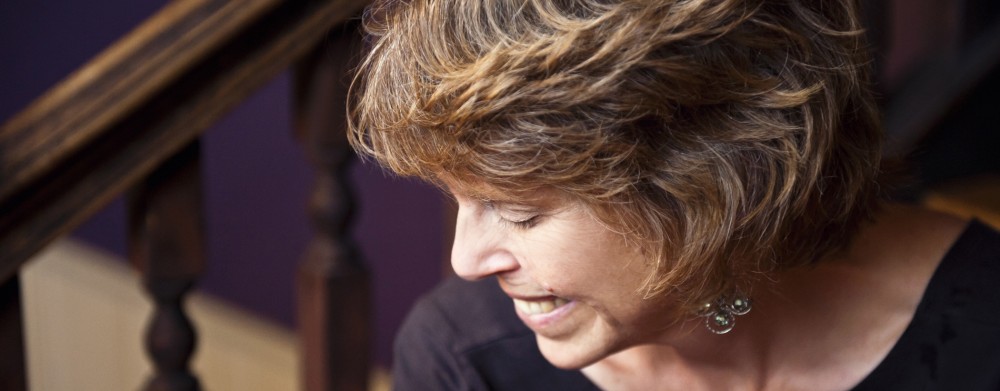Reflections on a poem by Rumi
I’m eagerly awaiting the birth of a new human right now, someone who will be soon be greeted as the son or daughter of a good friend. Birth is an amazing journey. It brings us powerfully close to an experience that is beyond words. As one becomes two, we are folded back into the feeling of oneness, as we connect on a very deep level with the fluid process of life, and each other. To be present at a birth is an almost mystical experience.
This morning in my writing group, today’s facilitator read a poem to get us going. I’m still breathing in its beauty. It made me think of my friend and her birth, and the extraordinary process of connection she and her family are about to enter. Here’s the poem:
The Most Alive Moment
The most living moment comes when
those who love each other meet each
other’s eyes and in what flows
between them then. To see your face
in a crowd of others, or alone on a
frightening street, I weep for that.
Our tears improve the earth. The
time you scolded me, your gratitude
your laughing, always your qualities
increase the soul. Seeing you is a
wine that does not muddle or numb.
We sit inside the cypress shadow
where amazement and clear thought
twine their slow growth into us.
From:
The Soul of Rumi: A New Collection of Ecstatic Poems
Translation by Coleman Barks.
This poem brings up visceral images for me – looking into the eyes of my lover, the gaze between a mother and newborn moments after birth, a father greeting his child for the first time. A deep recognition happens in these moments, an experience that is beyond words.
In my Conscious Birthing workshops for couples, I offer a brief exercise in which I have the two members of a pregnant couple look into each other’s eyes and feel the power of all that is contained within that gaze. The pragmatic part of this exercise is that it gives them a technique for grounding each other when things appear to be spinning out of control in labor – I call it an eye bridge, and it is a profoundly useful tool. But my unspoken objective is to facilitate the couple’s ability to fall in love all over again, to recognize, or re-member, the love that flows between them and that spills over toward their child. “Can you feel that?” I ask as they gaze. No one has ever said no. Usually they silently reach for each other’s hand, and the eye bridge becomes physical. The room fills with love.
In moments of connection we move beyond form and time. This morning one of my former students posted on Facebook, referring to her young son: “There is nothing sweeter than holding hands with Jack. Nothing.” And yet I know that she has two other sons and a husband whom she adores, and with whom she also shares “sweet” moments that compare to no other experience. These tender moments bind us together in a matrix of love.
In these tender gazes, our physical boundaries are broken. We shed our brittle skins and expand outward into a vast and wide and inclusive consciousness, a consciousness that feels so good we cannot often linger long there, before we must return to the confines of our own small bodies. We touch and go, return to our own skins, but with the memory of possibility, a deep yearning for the beloved that weaves itself into our bones.
Last week on a long drive across golden Illinois cornfields, I listened to a TED talk by neuroeconomist Paul Zak, on the biological underpinnings of human connection. Nicknamed “Dr. Love” for his study of how oxytocin provides a chemical basis for trust and generosity, he recommends eight hugs a day as a prescription for connection, a way to unlock a biochemical pathway toward love.
Dr. Love, I’ll see those hugs and raise you by eight gazes a day. I believe if each of us took the time to truly see another human being eight times a day, the human race would collectively fall down on its knees. Here’s to what flows between us.


